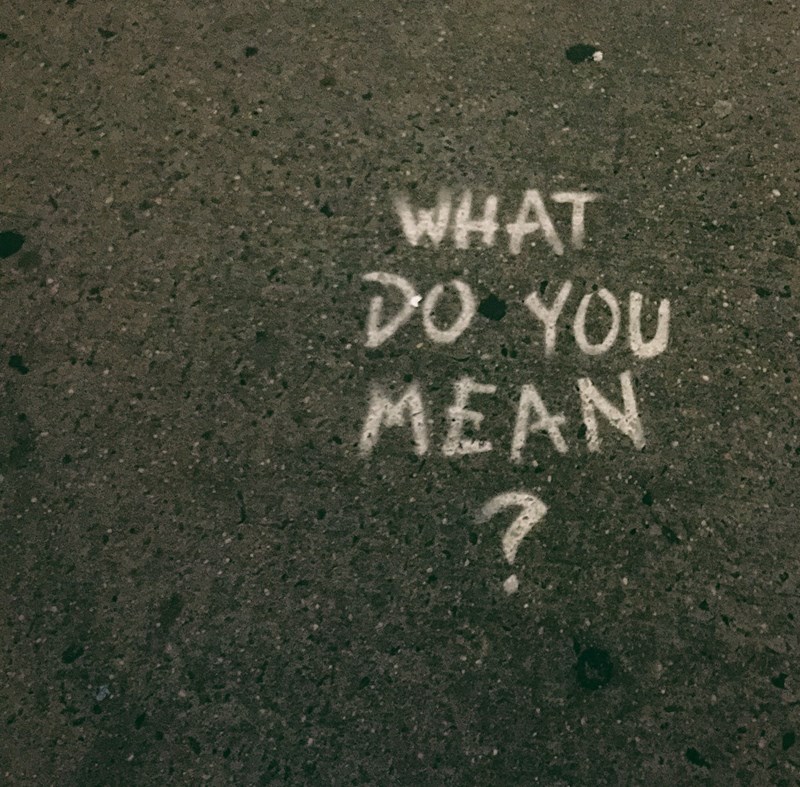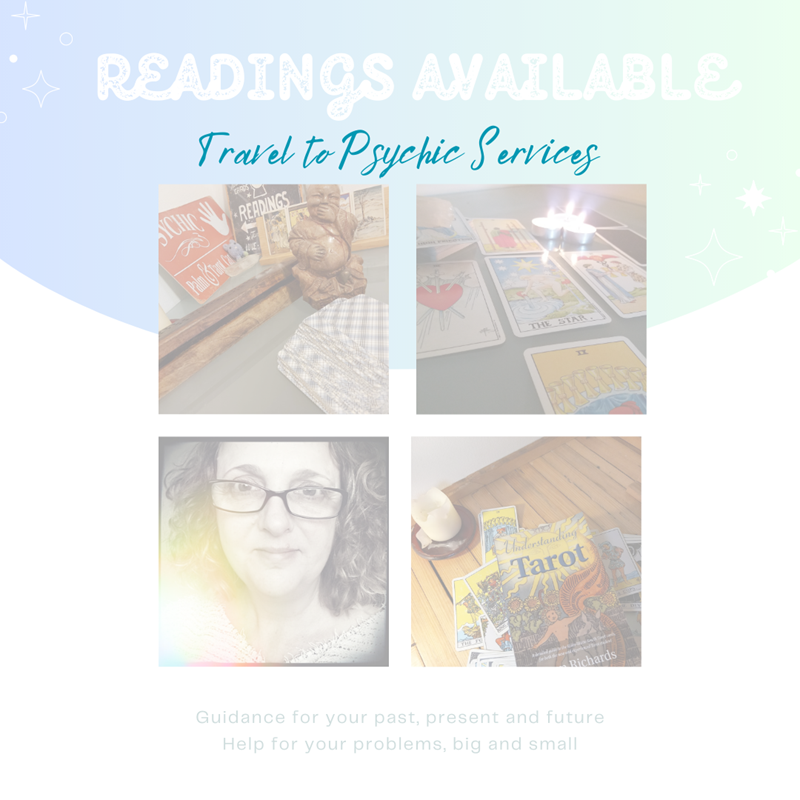Tarot: Creating Questions.
Added at 19:23 on 06 October 2023
The foundation of a clear reading is a clear question.
Where a question is no question, or a generic one, or the question is double-barrelled, or aiming at a yes or a no, then it can leave the reader confused, as the answer lacks clarity.
A generic question is one where the question is along the lines of “What message do you have for me?” This is akin to asking no question and seeing what there is to be given by the cards.
This gives you cards that can relate to any area of your life. When we look at our lives, we think in terms of what is most pressing emotionally to us at the time, and that can often cover a small percentage of the ‘all’ as our lives are very big. even if we feel them to be small, due to focused emotions on a single area. Which is an issue that can also come from not using a spread with well-designated positions, we can fail to see what aspect of life the cards laid relate to. The Importance of Tarot Card Positions
Asking no, or a generic question, can be very open-ended and just leave us wondering what aspect of our lives the cards link to, as we cannot see those things pressing on our minds mirrored within them. Instead of asking, “What will my life be like over the next year?” Ask, “What will the next year bring to my work life? or ”With my job, what can I expect within t he next 6 months?”. Narrow it down.
he next 6 months?”. Narrow it down.
A double-barrelled question is where we ask two questions, for example “Will I be happy with X? Will we get married?”. This can result in confusion, as how do we know what question has been answered? These are also two yes/no questions, which we will come to in a moment, but with two questions for the cards to reply to, you will not have the clarity given within the cards. This is best presented as two individual questions.
A Yes/No question: as above, you ask a question that demands a yes or a no reply.
This has a couple of issues to take note of:
1: Often, with new students, they do not have enough tarot knowledge to see a clear yes or no in the cards presented.
2: There is not a yes or no reply to be gained in many cases.
Many readers say that tarot cannot be used for yes-or-no questions, but it can. It can take experience; it is the entire reading that can often answer the question—the cards and their respective positions and other cards and theirs, or how the cards are defined by the other cards laid when no positions are used. Often, this is something that experience teaches, or even the approach that the individual reader learns. If they use spreads or not and see that all of the cards are holistically linked to their relative positions with each other and the question, that helps as you see the connecting dots between the cards and gain more depth.
With yes-or-no questions, reframing them can work wonders if you struggle to gain insights. Instead of “Will I get this job?" or “Does X like me?”, ask “What is the potential with this job with X that I have an interview for?" or "I have an interview with X, how will it go?", or “What is the happening between X and me?” Open the question up to encompass what there is to often see—the energy about the situation from the point you are in, the present. If you use a good spread with positions that give you the views you need, then you should gain more clarity, as a tarot reading can give advice, possibilities, and show potential rather than a direct yes or no.
Starting your question with "How," "What," or "Why", can often yield better results, even if you do not get a wanted yes or no reply.
A few other questions to avoid can be long-term questions such as, “What will the next 30 years be like?” This is so open that it cannot do more than give a very general overview. The future is yet to be decided. You have yet to make questions and experience situations that you may never even have considered, and all you may get at best is a snapshot that is not reflective of the whole. It can be far better to focus on the present than on the long term, as the present is where the magic lies. Asking what you can do to improve yourself at the moment may give you more guidance than asking about the next 30 years.
Questions about others. When you ask questions about others, what you see is either what you already know, be that consciously or subconsciously or what is your business to know about, as it affects you. Asking, “What is the energy around my relationship with X?" or ”How can I improve my work relationship with X” than “How does X feel about me?”. If you use a spread with a position for X and yourself, you can see the dynamics.
With the above in mind, be clear and specific.
- If you spend time creating your question, it is time well spent, as the question is the very first building block; it is what your reading rests on.
- Focus on your question and think about what spread you will use. What spread is suitable? Should you edit one you have? Or create one? If you wish for no positions, how many cards will you assign to the reading? Get this clear in your mind.
- Start to shuffle.
Remember, tarot may not give you an instantly recognisable reply; again, as above, at times that can come from a lack of tarot knowledge and ability to see the nuances. Your own fear in seeing the reply can also affect what you see, your wishes and hopes. Time helps with that, so stay open to what comes up rather than refusing to see what is given as it is not wanted, liked, or understood.
As your experience with tarot grows so will how you can phrase questions, yet in all things, a good, clear focused question is a tarot friend.
The magic of a good question is clarity and simplicity. Then use a good spread with positions you understand.
More:



